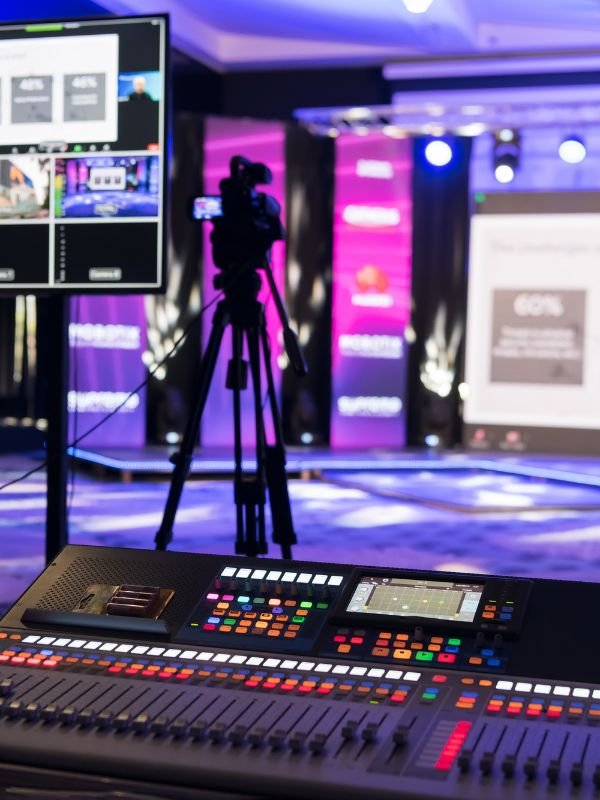How To Put Together a Virtual Work Event
Virtual work events are commonplace with the advancement of remote job opportunities. Learn how to host and engage with workers in a digital environment.

With remote work becoming more and more common, some companies now have hundreds of employees all around the country or even the world. Trying to host a virtual event that everybody can attend and pay attention is a massive undertaking. Fortunately, we can show you how to put together a virtual work event. Having an understanding of the level of detail that goes into planning a successful event can make the process go much more smoothly for the event planners.
Crafting the Digital Atmosphere
One of the biggest hurdles of planning a virtual event is that people often long for and remember the specific and unique feel of a physical in-person event. Trying to capture the elements of such an event, like the clinking of glasses, shared laughter, and the electricity of networking, isn’t just difficult—it’s impossible.
However, the point of the virtual world is that it can offer sights and experiences that are uniquely its own. The set design of your virtual event must resonate with the theme and purpose. Leverage virtual backgrounds, interactive platforms, and intuitive designs to emulate the physical space, online. One of the most common mistakes people make when planning a virtual event is that they try to replicate an in-person show without taking advantage of the digital atmosphere.
Seamless Technology Integration
It’s not an exaggeration to say that the most common problem with any digital event is technical difficulties. Some of these are easy to rectify, while others may surprise you. Trying to account for these expected mishaps and have a contingency for them can help save your event and keep it running smoothly.
From video conferencing tools and registration platforms to live streaming technologies, you should go through your equipment and software to ensure its functionality and user-friendliness. If you’re not sure how it all works, bring in a tech expert early in the planning phase. Their input is invaluable for ensuring a smooth user experience and an event that starts on time, every time.
Engagement Tactics for Remote Audiences
Audience engagement is tougher to gauge in a virtual setting. You expect continuous and creative interaction but can’t always measure that. Intersperse the agenda with polls, Q&A sessions, and gamified breaks. Encourage video participation and designate virtual lobbies for informal chats. Having the occasional mix-up helps ensure that your event is an interactive experience and not just a long livestream.
Measuring the Post-Event Impact
The digital realm once again proves its superiority with data analytics. Beyond the applause, post-event surveys and statistical data can paint a clear picture of the event’s impact. And you can use these insights to refine your approach for subsequent events. The granular data is where the value of your virtual events shines. It can always give you a better idea of how to put together virtual work events in the future based on the available data.
Transitioning from physical to virtual events offers companies a fantastic opportunity by offering the potential to connect and engage with their audience like never before. By meticulously designing the digital atmosphere, ensuring seamless integration of technology, employing creative strategies, and harnessing the power of post-event analytics, a successful virtual work event is within reach. Virtual events aren’t just a substitution for a physical counterpart. They offer a unique and dynamic way to foster connections, drive engagement, and achieve objectives in the digital age.
